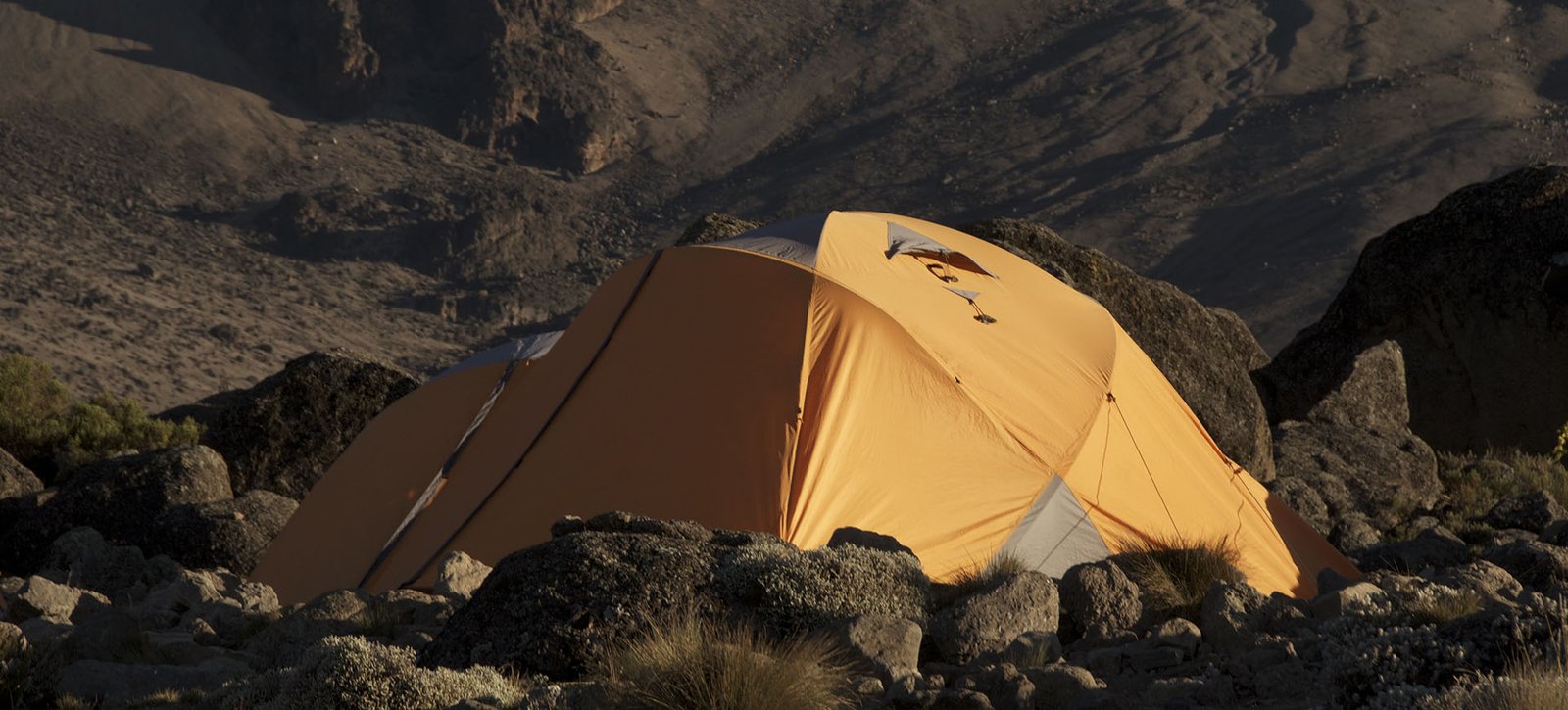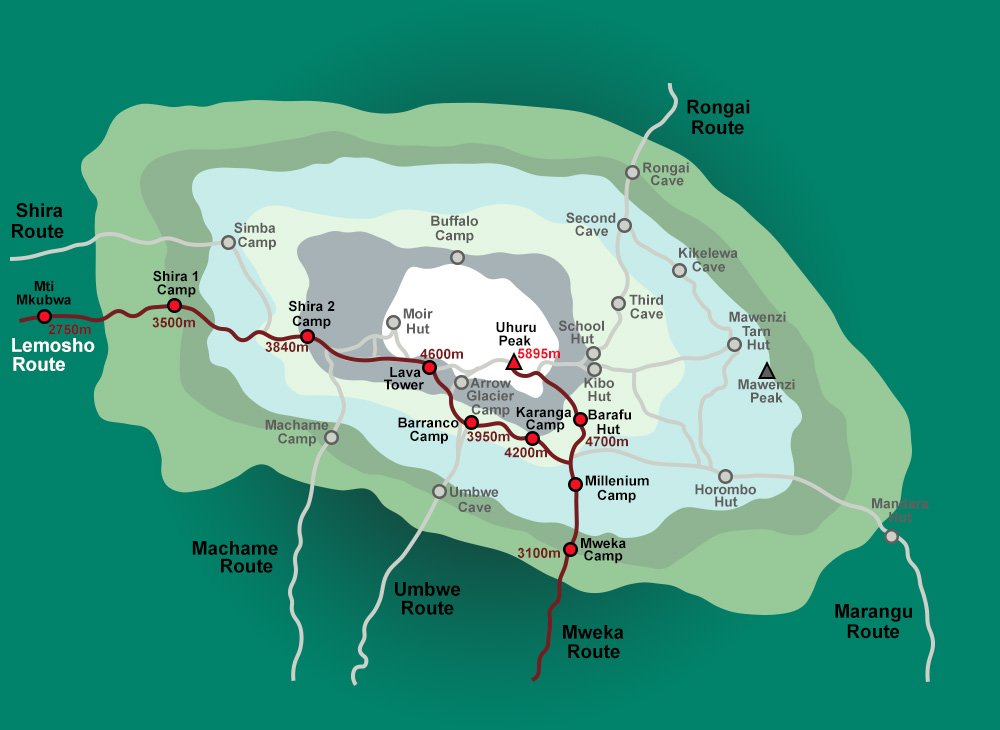-
3 Stars Hotels, Tent Camping
-
Jan, Feb, Mar, July, Aug & Sept
-
English, Spanish, French, Chinese
-
5895 Metres
-
All meals during the trek
-
2 to 20 People
-
Kilimanjaro (JRO)
-
Easy to Moderate
-
Moshi
-
Moshi
-
12
-
82
Trip Overview
The Lemosho route is very scenic as you pass through the west Kilimanjaro captivating local farms area. You pass through forest vegetation toward the park’s gate. The route is unspoiled and beautiful way up to the Shira Plateau while climbing Mount Kilimanjaro.
The route is longer than others, allowing climbers to acclimatize properly to the altitude. This extra time will aid in summiting and let you marvel at the surroundings a little longer. It is also among the most scenic routes which do not call for midnight summits. Daytime summits are preferred by most climbers who avoid the crowd at the summit.
- Departure and Return Place: Moshi Town to Lemosho Gate and then back to Kilimanjaro International Airport (Google Maps)
- Departure Time: Please be ready by 8:15 AM for a prompt departure at 9:30 AM.
- Return Time: Approximately 10:30 AM on the last day.
- Dress Code: Casual. Comfortable athletic clothing, hiking shoes, hat, cold weather jacket, gloves, pants, and spare clothing.
- Accommodation: Two nights of accommodations based on Bed and Breakfast at 3 stars hotel (upgrades on request).
- Customizations: Can be customized upon request, to meet traveler’s needs
- Extensions: Trip Extensions are available on request.
- Trip Availability: All year round.
Trip Highlights
- Arrival
- Day 1: Trekking from Lemosho Gate (2,100 m ) to Mti Mkubwa Camp (2,780 m)
- Day 2: Trekking from Mti Mkubwa Camp (2,780 m) to Shira 1 Camp (3,505 m)
- Day 3: Trekking from Shira 1 Camp (3,505 m) to Shira 2 Camp (3,900 m)
- Day 4: Trekking from Shira 2 Camp (3,900 m) to Lava Tower (4,630 m) to Barranco Camp (3,960 m)
- Day 5: Trekking from Barranco Camp (3,960 m) to Karanga Camp (4,035 m)
- Day 6: Trekking from Karanga Camp (4,035 m) to Barafu Summit Camp (4,640 m)
- Day 7: Ascent to Uhuru Peak (5,895 m) and Descend to Millennium Camp (3,820 m)
- Day 8: Descent from Millennium Camp (3,820 m) to Mweka Gate (1,650 m)
- Departure











